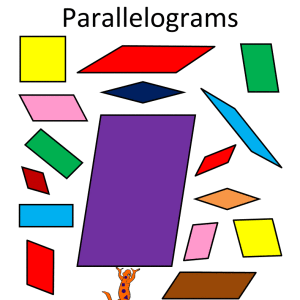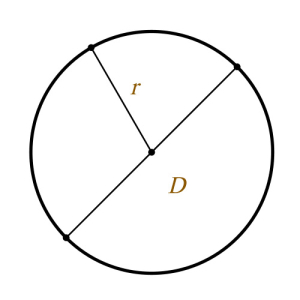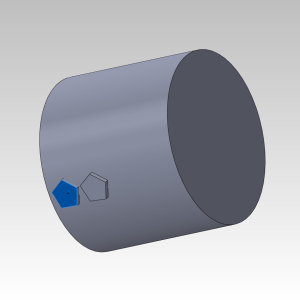In solving planimetric tasks, in addition to the sides of the corners of the figure, other values \u200b\u200bare often active participation - medians, heights, diagonals, bisector and others. The middle line belongs to their number.
If the original polygon is a trapezium, then what is its middle line? This segment is a part of a straight line that crosses the side sides of the figure in the middle and is located in parallel to two other parties - grounds.
How to find a middle line of trapezium through the line of the middle and ground
If the magnitude of the upper and lower base is known, then the expression will be calculated to calculate the unknown:
l \u003d (A + B) / 2,
a, B - bases, L is the middle line.
How to find the average line of trapezion through the square
If the source data is present in the size of the figure, it is also possible to calculate the length of the line of the trapezium. We use the formula S \u003d (A + B) / 2 * H,
S - Area,
h - height,
A, B - base.
But, since L \u003d (a + b) / 2, then S \u003d L * H, which means L \u003d S / H.
How to find the average trapezion line through the base and corners with it
In the presence of the length of the larger base of the figure, its heights, as well as the known degree of corners with it, the expression for finding the line of the middle of the trapezium will have the following form:
l \u003d a - h * (Ctgα + Ctgβ) / 2, while
L is the desired value
a - greater base
α, β - angles with it,
H is the height of the figure.
If the value of a smaller base is known (with the same other data), the difference will help find the difference line:
l \u003d B + H * (CTGα + CTGβ) / 2,
l is the desired value
b is a smaller base
α, β - angles with it,
H is the height of the figure.
Find the average trapezium line through height, diagonal and corners
Consider the situation when the problems of the diagonals of the figure are present in the conditions of the problem, the angles that they form, crossing each other, as well as the height. Calculate the middle line using expressions:
l \u003d (d1 * d2) / 2h * sinγ or l \u003d (d1 * d2) / 2h * sinφ,
l - line of the middle,
D1, D2 - diagonal,
φ, γ - angles between them,
H is the height of the figure.
How to find the middle line of the trapezion of an equifiable figure
If the base figure is a trapezium is a preceded, the above formulas will have the following form.
- In the presence of values \u200b\u200bof the bases of the trapezing of changes in the expression it will not happen.
l \u003d (a + b) / 2, a, b - base, L is the middle line.
- If the height, base and corners are known, adjacent to it, then:
l \u003d A-H * CTGα,
L \u003d B + H * CTGα,
l - line of the middle,
a, b - base (b \u003ca),
α - angles with it,
H is the height of the figure.
- If the side of the trapezoid is known and one of the grounds, then it is possible to determine the desired value by contacting the expression:
l \u003d a-√ (C * C-H * \u200b\u200bH),
L \u003d B + √ (C * C-H * \u200b\u200bH),
L - line of the middle,
a, b - base (b \u003ca),
H is the height of the figure.
- With known height values, diagonals (and they are equal to each other) and the angles formed as a result of their intersection, the interior line can be found as follows:
l \u003d (d * d) / 2h * sinγ or l \u003d (d * d) / 2h * sinφ,
l - line of the middle,
D - diagonal,
φ, γ - angles between them,
H is the height of the figure.
- Square and the height of the figure are known, then:
l \u003d S / H,
S - Area,
H - height.
- If the perpendicular height is unknown, it can be determined by defining a trigonometric function.
h \u003d c * sinα, so
L \u003d S / C * SINα,
L - line of the middle,
S - Area,
C - side,
α-angle at the base.



































